Xiangquan Xiao
Data Driven Prediction Architecture for Autonomous Driving and its Application on Apollo Platform
Jun 11, 2020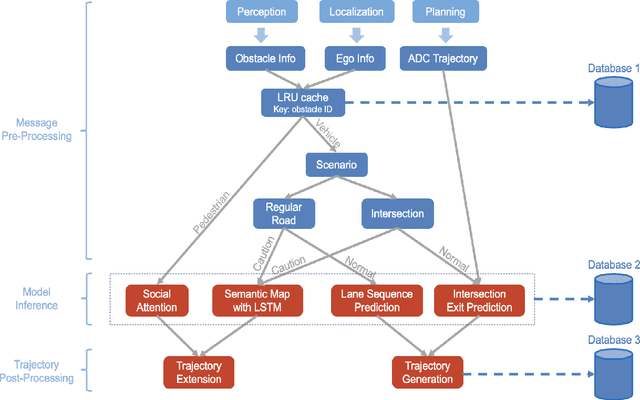
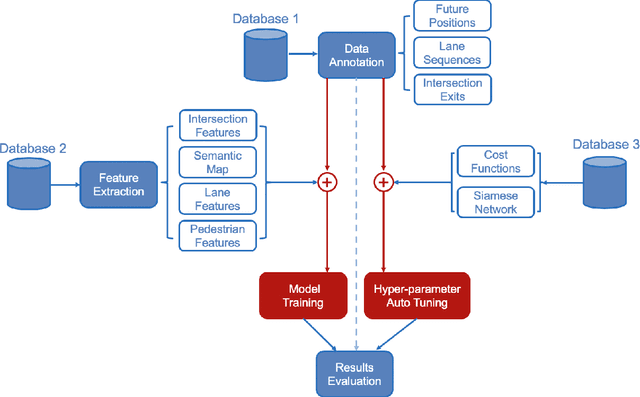
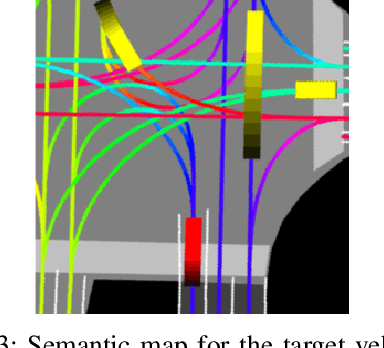
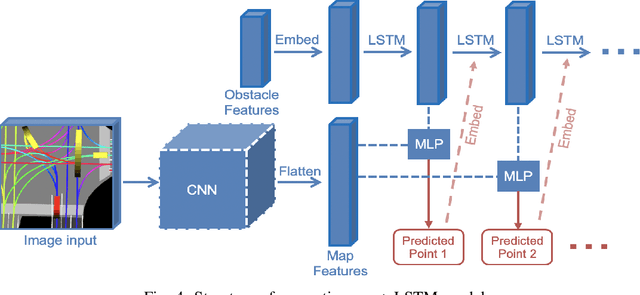
Abstract:Autonomous Driving vehicles (ADV) are on road with large scales. For safe and efficient operations, ADVs must be able to predict the future states and iterative with road entities in complex, real-world driving scenarios. How to migrate a well-trained prediction model from one geo-fenced area to another is essential in scaling the ADV operation and is difficult most of the time since the terrains, traffic rules, entities distributions, driving/walking patterns would be largely different in different geo-fenced operation areas. In this paper, we introduce a highly automated learning-based prediction model pipeline, which has been deployed on Baidu Apollo self-driving platform, to support different prediction learning sub-modules' data annotation, feature extraction, model training/tuning and deployment. This pipeline is completely automatic without any human intervention and shows an up to 400\% efficiency increase in parameter tuning, when deployed at scale in different scenarios across nations.
Lane Attention: Predicting Vehicles' Moving Trajectories by Learning Their Attention over Lanes
Sep 29, 2019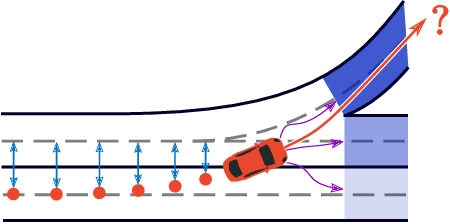

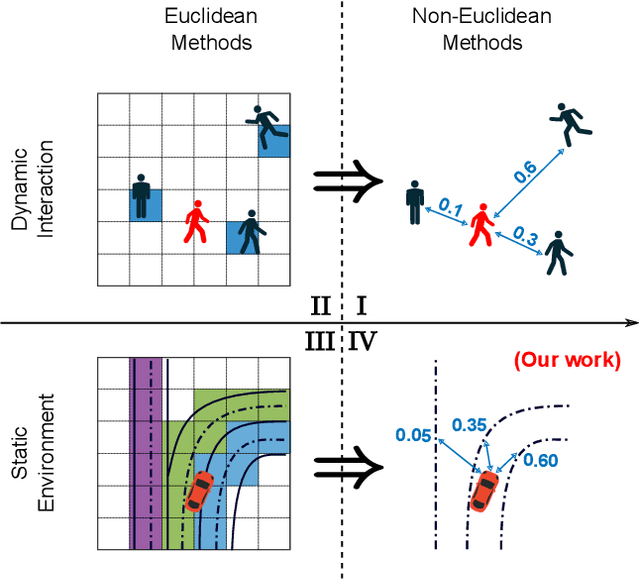
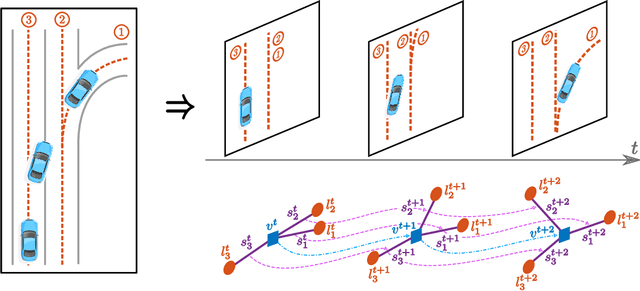
Abstract:Accurately forecasting the future movements of surrounding vehicles is essential for safe and efficient operations of autonomous driving cars. This task is difficult because a vehicle's moving trajectory is greatly determined by its driver's intention, which is often hard to estimate. By leveraging attention mechanisms along with long short-term memory (LSTM) networks, this work learns the relation between a driver's intention and the vehicle's changing positions relative to road infrastructures, and uses it to guide the prediction. Different from other state-of-the-art solutions, our work treats the on-road lanes as non-Euclidean structures, unfolds the vehicle's moving history to form a spatio-temporal graph, and uses methods from Graph Neural Networks to solve the problem. Not only is our approach a pioneering attempt in using non-Euclidean methods to process static environmental features around a predicted object, our model also outperforms other state-of-the-art models in several metrics. The practicability and interpretability analysis of the model shows great potential for large-scale deployment in various autonomous driving systems in addition to our own.
 Add to Chrome
Add to Chrome Add to Firefox
Add to Firefox Add to Edge
Add to Edge